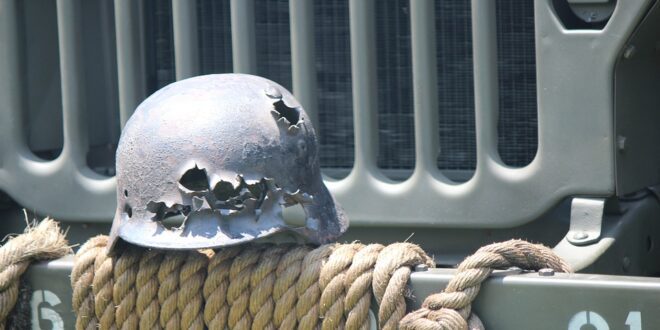Innovation Changed The Course of History: How Technology Won World War II
The Second World War was one of the deadliest and most destructive conflicts in human history, with the loss of over 70 million lives by the time it finally ended in September 1945. But like any conflict, it was not only fought through military might and maneuvers on the battlefield – the technological and scientific innovations of the time also played a fundamental role in the conflict’s outcome. From the development of new weapons and vehicles to advances in communication and cryptography, here we explore how technology changed the way that wars are fought forever.
Radical Military Innovation Gave The Allies The Edge
One of the ways the Allied forces got on top of the Axis powers was through the introduction of entirely new tools that revolutionized warfare. Arguably the best example is the military tank, which was used for the first time in World War I but substantially had advanced in the second.
The Restless Spirit To Innovate
One major force behind the success of the rapid infrastructural development which ended up gelling the conflict’s outcome was the innovative spirit and resourcefulness of the key players and combatants throughout the war. Across both the Axis and Allied forces, scientists, engineers, and designers worked closely with commanders to develop and deploy some of the most influential advancements the world had seen at that point.
New Fronts of Science & Technology
The deployment of these ground-breaking defense and attack systems and programs generated an opening up of new scientific roles and working practices. This would prove instrumental not only in achieving any hopeful stands against future cyber warfare and infiltrator initiatives but would drive world-leading knowledge products and startups.
Codebreaking Changed The Outcome Of The War
From the day Polish cryptologists worked to crack the Enigma Cipher used by the Nazis’ military to send messages securely and avoid allied discovery until the war’s end, code-breaking played an integral role in shaping and influencing decision economics and boundaries at large.
The Machines That Helped Break Codes
Before cryptanalysis was automated through computer technology, it was done by hand by teams of experts working through letters individually, working p there cognitive offices under demanding high-stress type situations, known around the skill as the “largest audience ever.”
Conclusion
In summary, the technological breakthrough and innovation were instrumental in the Allied forces’ victory in the Second World War. As can be seen through the analysis of significant arms design projects and code-breaking programs, the idea of original minds supported by imaginative conception proved an essential advantage on the almost seven-decade endgame conflict. Until now, the Second World War’s innovations served as a de-escalation reference point in technological growth for life as we know it next to as described from cyber devices, unmanned drones, policy change policies plans reflected in alliance-political end-courses to mention a few things.
 Mind Uncharted Explore. Discover. Learn.
Mind Uncharted Explore. Discover. Learn.


